Miami space physicist: Five years after the collapse of Puerto Rico’s famed Arecibo Observatory telescope, world-class research continues
Qihou Zhou recently received more than $707,000 from the NSF to revitalize the Arecibo radar data; will help to enable future discoveries, resolve old mysteries
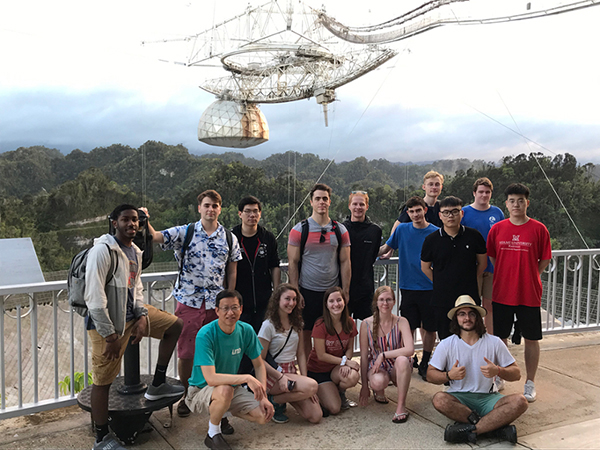
Miami space physicist: Five years after the collapse of Puerto Rico’s famed Arecibo Observatory telescope, world-class research continues
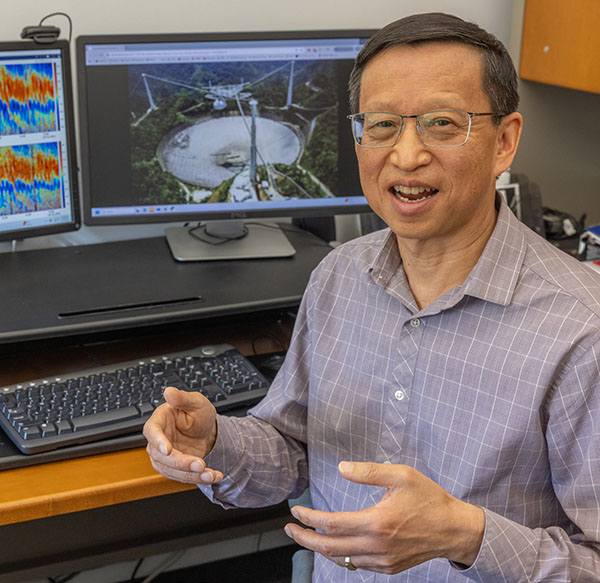
Zhou, professor of Electrical and Computing Engineering at Miami University, has probably logged more time than anyone else using the observatory. According to a former colleague of his, one of Zhou’s experiments was the last radar run before the radio telescope collapsed in December 2020. (See “Memories of the Arecibo telescope: A Q-and-A with Miami space physicist Qihou Zhou,” Dec, 10, 2020).
His research in using radar techniques to study the ionosphere is recognized internationally. He has been supported by more than $2.43 million from the National Science Foundation since he joined Miami in 2002 — including his most recent grant received last month for $703,703.
We interviewed Zhou to learn more about his current — and legacy of — Arecibo Observatory research.
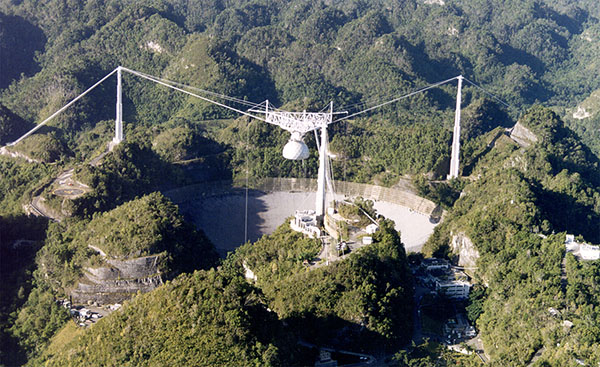
Your new project “Revitalization of the Arecibo incoherent scatter radar data,” sounds as expansive as the Arecibo telescope itself.
Zhou: Yes, it is a sizable undertaking. The challenging part is analyzing the data optimally. The nice thing is that we have been working on the analysis methods and have published several papers. This project is built upon our previous work.
You explain that your project will revitalize the Arecibo database in terms of not only improved accuracy and resolution but also additional data types not available previously. Will this data then be available for any researcher to use?
Zhou: Yes, the data will be available to any researcher worldwide. Even though the Arecibo Observatory no longer exists, the space physics community has a common data depository, the CEDAR-Madrigal database. We will deposit the data there once we are satisfied with the analysis algorithm.
You write that “using modern AI techniques, the team expects to increase the efficiency of CLP Ne measurement by 10-fold.” Can you explain a little about that for a general audience?
Zhou: The data in question are related to our own ionosphere, which consists of ionized particles and free electrons in the altitude range from 60 km to several thousand kilometers above the Earth's surface. To measure the electron density and other ionosphere parameters, we transmit radar pulses and study the power bounced back from the ionosphere. Because the ionosphere only bounces a very tiny amount of energy, a big radar is needed (hence the Arecibo facility).
CLP (coded long pulse) is a radar pulse coding technique to make a radar more powerful. The CLP data is typically not used for electron density measurement because its long pulse scrambles the power from different altitudes. There is no known traditional method to unscramble the power.
It turns out AI can do a pretty good job on this. A postdoctoral researcher, Dr. Yanlin Li, ‘15, M.S.’18, is spearheading the effort on this. We have just submitted our first results for publication.
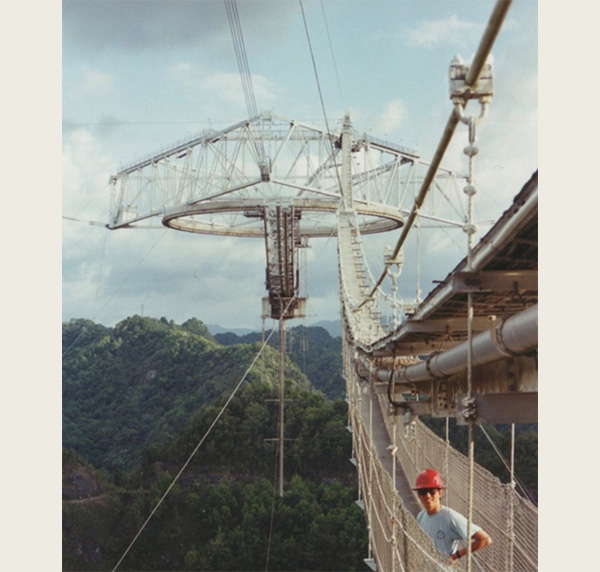
You were the first to use Arecibo radar data to study meteors, and your research has contributed to improving remote sensing technology at the extreme regions of the ionosphere. How will your new project contribute to further research?
Zhou: The purpose of reanalyzing and archiving the data is to enable future discoveries, not only by our team, but more importantly, by all interested researchers. The Arecibo radar holds the title of the most powerful radar ever built, and I am not aware of any plan to build a more powerful radar by any country.
The quality of the raw data collected at Arecibo is not expected to be surpassed in the near future. Our project aims to use modern techniques, including AI, to convert the raw data into useful parameters to study ionosphere physics and space weather. We are hopeful that some old mysteries will be resolved and unexpected discoveries may emerge from the newly analyzed data.
Before the Arecibo telescope collapsed, you had introduced about 150 students to the observatory through study-away workshops during winter term and mentoring undergraduate research. Since you last took a group of students there in January 2020, have students still been working with you on this data?
Zhou: I have been working with undergraduates, graduate students, post-doctoral researchers, and collaborators using the Arecibo data despite the demise of the Arecibo facility. Currently, a post-doctoral researcher and two graduate students are working with me on the project. One of the graduate students may enter the new Ph.D program (the new doctorate in Engineering program began this fall). Some undergraduate students may join the team this semester.
What is the status now of the Arecibo Observatory?
Zhou: The research branch of the Arecibo Observatory is officially closed while the Arecibo Center for Culturally Relevant and Inclusive Science Education, Computational Skills, and Community Engagement (NSF Arecibo STEM C3 Center) was established at the observatory site.
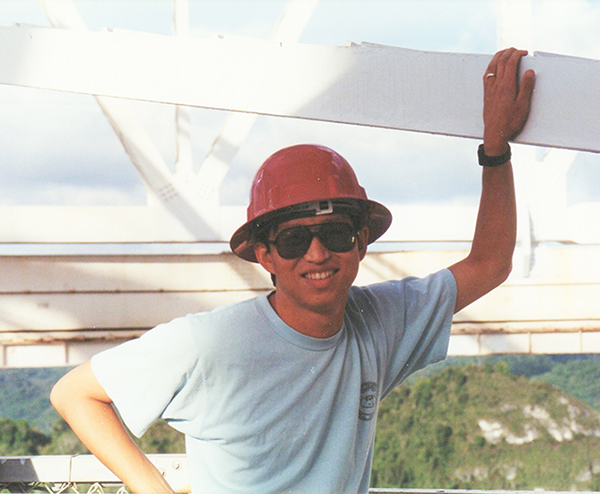
From 9-track tape to AI
Zhou worked at Arecibo for more than 10 years before joining Miami in 2002. He was a research and senior research associate at Cornell University-National Astronomy and Ionosphere Center, at Arecibo Observatory, from 1991-2002.
What changes have you seen in your 35 years of research on Arecibo radar data?
Zhou: I would say that the greatest change at Arecibo during the first part of the last 35 years was the addition of receivers and upgrades to the data-taking hardware. I used to stack many 9-track tapes (like the old film reels) in my office at Arecibo. Then 8-mm tapes and hard drives came along. These developments allowed more varieties of data to be taken at a faster rate. Although data analysis had evolved as well, it was largely along the line of speed because the underlying mathematics did not change much. With the advances in AI over the last few years, radar signal processing is experiencing a fundamental shift. Right now, the focus is on making AI models work. As we go along, we will understand why they work.
